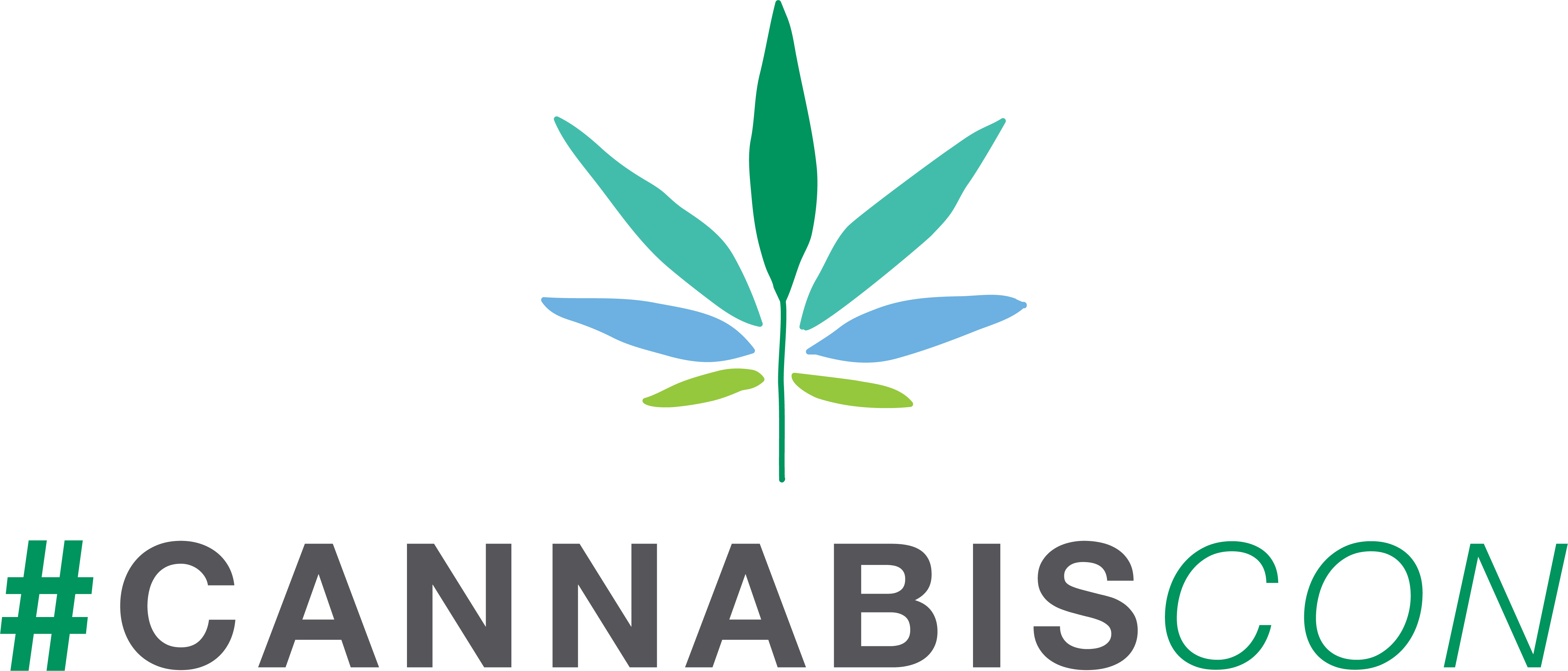If you have ever suffered from a migraine, you probably know that tingly sensation that often swells in the temples, radiates up the back of the neck and takes over your eyes and head like a vice grip. The pain is unbearable and often indescribable to those who have never experienced it.
Much like a relatable description, remedies for migraines are often fleeting and elusive. But, here is one to add to the list. Have you heard of using Marijuana for migraine use?
Let’s break this down.
Use of this versatile plant goes back centuries, as marijuana is one of the oldest plants grown by humans. With its distinct and recognizable smell and appearance, every part of this plant - leaves, stem, seeds, and flowers - have been used as natural remedies for years. Not only have Ancient Chinese cultures been known to document the plant use more than 2,000 years ago, but traces of its active properties were found in Egypt’s ancient tombs.
Current research has shown that marijuana can be used to powerfully alleviate pain, and new information has been put forward to show that specific marijuana strains can be helpful for those who suffer from migraine pain.
Use of marijuana for migraine relief comes as a turning point for many, as it is widely known that benchmark pain relievers don’t usually help take the edge off. There are some doctors, specifically in Britain, who have been treating migraines with medical marijuana since the mid 1800’s, but any research to support the topic of medicinal marijuana has been largely blocked until recently.
Recently, there have been quite a few studies popping up with findings that marijuana has been shown to help alleviate migraine pain, including this study from 1987 which explains how some users actually experienced migraine headaches when they discontinued marijuana use too hastily.
Another recent study , published from the Skaggs School of Pharmacy and Pharmaceutical Sciences at the University of Colorado, observed how inhaled and ingested forms of marijuana positively affected those who suffer from migraines.
Researchers collected the following data, based on studies conducted on the records of 121 adult participants:
11.6% of participants reported that marijuana stopped their migraine headaches;
Roughly 85% of participants had fewer migraines per month with marijuana;
Roughly 12% reported no change in migraine frequency with marijuana use;
Nearly 40% of participants observed positive effects;
Average number of migraines among participants dropped from 10.4 to 4.6, monthly;
2% experienced an increase in migraine frequency;
19.8% of participants reported medical marijuana helped prevent their migraines.
Based on results, it was observed that direct inhalation provided the quickest and most effective results to stop migraines in their early stages. Ingested products provided more negative side effects in participants, and was generally less affective.
How does medical marijuana help the chronic migraine headache?
Inhalation has been seen to be the most common, and quickest way to get the pain-relieving properties of marijuana into the bloodstream. These plants house over 400 chemicals, the most prominent one for marijuana’s pain-relieving qualities being Tetrahydrocannabinol (THC). This constituent is known to bind to the bodies’ brain and nervous system receptors which impact pain, appetite, memory, coordination, thought, and pleasure.
Past research has attempted to explore why migraine headaches generally respond well to medical marijuana, with some possible avenues being when the CB2 receptors are activated, and possible endocannabinoid deficiencies. It is important to note that in California, U.S., migraine headaches are listed as one of the illnesses that permit usage under the state’s health and safety code.
It can be said that the next step in this realm of research is to explore which specific strains and delivery methods will be best in obtaining the most desired results.
Other medical marijuana uses include:
- Symptom relief from ailments associated with cancer and HIV
- Pain relief
- Nausea and vomiting control
- Increasing appetite
- Decreasing eye pressure (could this be associated in migraine pain relief?)
Marijuana precautions to keep in mind:
Although the benefits may seem plentiful, Marijuana is not a legal drug in Canada. There are only a very limited number of regulated and safe providers across Canada. It is important to be fluent in current regulations when considering medical marijuana usage. Additionally, it is well-known that developing babies are endangered by smoking and that usage should be avoided by pregnant and/or breast-feeding women.
